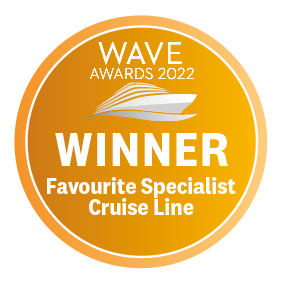The Arctic under the Midnight Sun | Iceland & Greenland

The land of ice and fire … and elves
Leaving from:
Reykjavík
Cruise ship:
MS Fridtjof Nansen
Visiting:
Reykjavík •
Stykkishólmur •
Patreksfjørdur •
Akureyri •
From
Price shown provided by:
HX Hurtigruten Expeditions
Hurtigruten Expeditions offers more than 125 years of cruising experience, providing small-ship exploration of more than 250 destinations across 30-plus countries.
On Hurtigruten Expeditions cruise adventures, you will be accompanied by a highly skilled crew and expedition team on one of nine intimately-scaled expedition ships, taking you on breathtaking nature-based experiences in remote corners of the world.
530
Passengers
2020
Launched
20889t
Tonnage
140m
Length
23.6m
Width
15kts
Speed
9
Decks
NOK
Currency
Cruise Itinerary
Day 1
Reykjavík, Iceland
Embark.
Day 2
Stykkishólmur, Iceland
Day 3
Patreksfjørdur, Iceland
Day 5
Akureyri, Iceland
Day 6
Grímsey Island, Iceland
Day 7
Bakkagerði, Iceland
Day 8
Heimaey Island, Iceland
Day 9
Reykjavík, Iceland
Day 12
Qaqortoq (Julianehaab), Greenland
Day 13
Kvanefjord, Greenland
Day 14
Maniitsoq (Sukkertoppen), Greenland
Day 15
Sisimiut (Holsteinsborg), Greenland
Day 16
Ilulissat (Jakobshavn), Greenland
Day 17
Vaigat Sound, Greenland
Day 18
Evighedsfjorden, Greenland
Day 19
Nuuk (Godthaab), Greenland
Day 20
Ivigtut, Greenland
Day 21
Prince Christian Sound, Greenland
Day 24
Reykjavík, Iceland
Disembark.
Ship Details

HX Hurtigruten Expeditions
MS Fridtjof Nansen
MS Fridtjof Nansen is the latest addition to Hurtigruten’s fleet of custom built ships – and the next generation expedition ship. She will explore some of the most spectacular corners of the globe.

Cabins
All Prices


